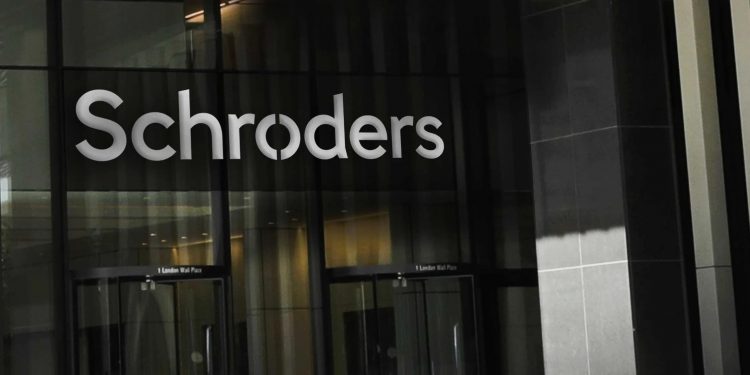Institutional Investor Sustainability Report
Global asset management company Schroders releases the Institutional Investor Sustainability Report, which aims to survey institutional investors’ views on ESG investing and sustainable investing, as well as progress towards net zero and active ownership.
This report comes from the 2023 Schroders Institutional Investor Survey, which involved a total of 770 institutional investors from 36 countries around the world, with cumulative assets exceeding US$34.7 trillion.
Development of Sustainable Investing for Institutional Investors
As the concept of sustainability is recognized by investors and regulatory agencies, institutional investors have also made great progress in sustainable investment. From a global perspective, thematic investment and impact investment are still the two most important parts of sustainable investment, accounting for 61% and 59%.
Related Post: What is Impact Investing and How is it Different from ESG Investing
In addition, negative screening investment (Exclusion/Negative Screening Investment) and active management investment (Engagement and Voting) accounted for 54% and 52% respectively. More than half of institutional investors have begun to exert active impact on investees. Carbon Offsetting investment accounts for the lowest proportion (33%).
Among all sustainable investment types, impact investing is developing fastest, growing from 34% in 2020 to 59% in 2023. In implementing impact investing, 60% of respondents focus on how to accurately measure impact, 53% believe that impact should be consistent with their own ESG goals, and 53% believe that impact needs to have positive impact on stakeholders. Overall, institutional investors pay more attention to the identification and quantification of impact.

Development of Net Zero for Institutional Investors
As asset owners, institutional investors need to make progress in climate change. 29% of respondents have already set a net zero investment target for 2050 and have started to implement the strategy. Among them, institutional investors account for a higher proportion in Europe (39%) and a lower proportion (17%) in the Americas. 21% of respondents have set a net zero target but have not yet started acting. There are still 40% of institutional investors around the world who have not formulated a net-zero plan, with 58% of them in the Americas.
67% of institutional investors believe that investment in climate change will create many investment opportunities, and due to the relative shortage of green assets, future carbon asset prices may remain high in the next decade (55%). When it comes to the choice of decarbonized assets, 46% of the respondents believe that infrastructure investment and renewable energy investment are future investment opportunities, 31% choose equity assets from emerging market economies, and 24% choose commodities and private equity.
Development of Active Ownership by Institutional Investors
In addition to adopting sustainable investments and net-zero routes, institutional investors have also noticed the importance of active ownership. In terms of topics involved in active management, corporate governance (71%), climate change (58%), and human resource management (47%) occupy the top three, with corporate governance in Asia accounting for the highest proportion (75%).
56% of the respondents hope to provide measurable changes to the invested companies after engagement, 44% hope to improve the company’s financial performance, and 43% hope to strengthen information transparency in engagement.
Further Assistance for Institutional Investors
Although institutional investors are essential players in sustainable investing, they still need help from other stakeholders. 51% of respondents require more detailed net zero measurement tools and 49% require consistent net zero planning. 43% need regulatory agencies to make clearer regulations on sustainable investment, and 37% need educations for investors on sustainability.
In terms of active ownership, 37% of respondents need help in due diligence, 34% need help in setting long-term standards, and 32% need help in communicating with investees.
Reference:









